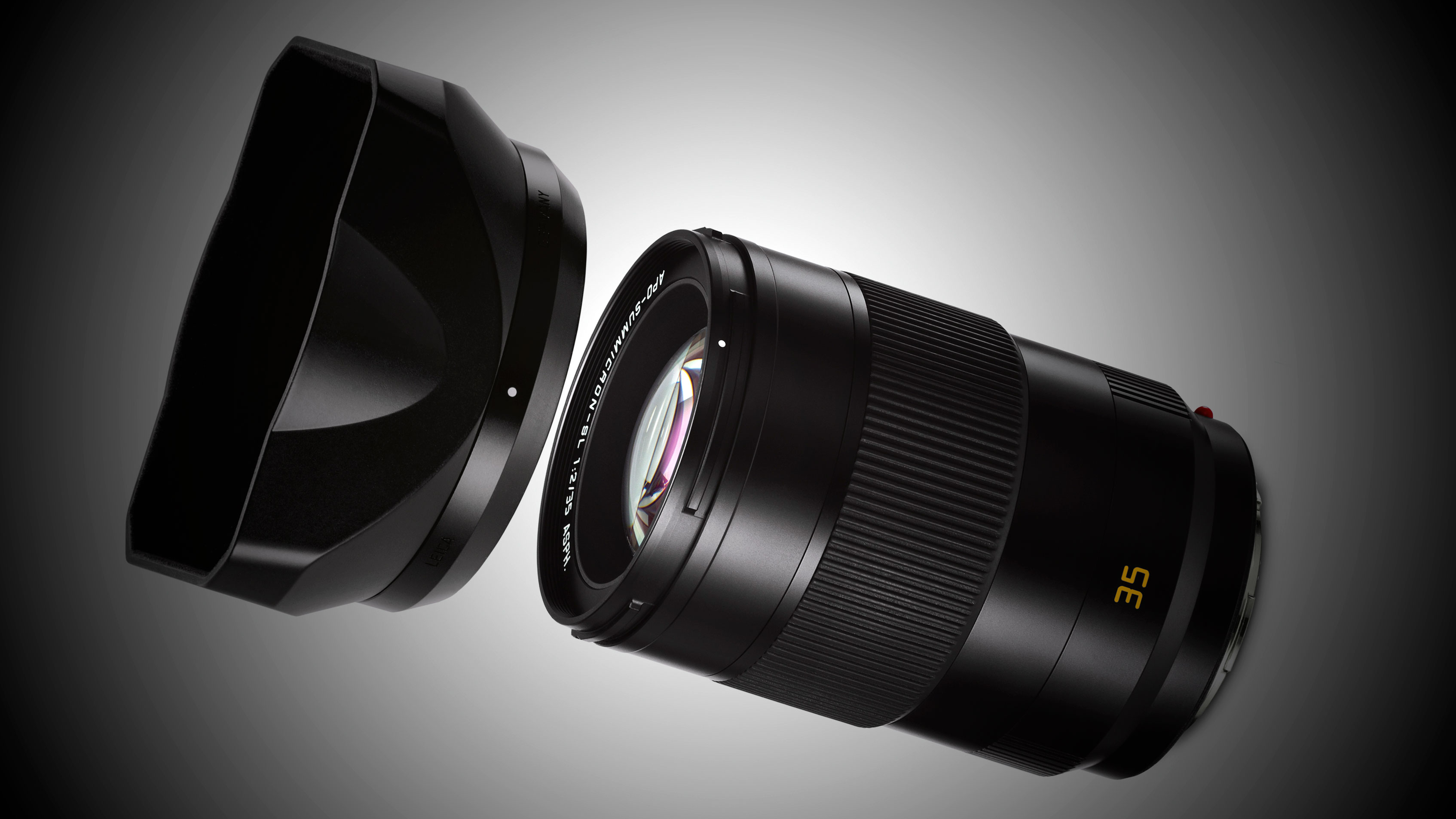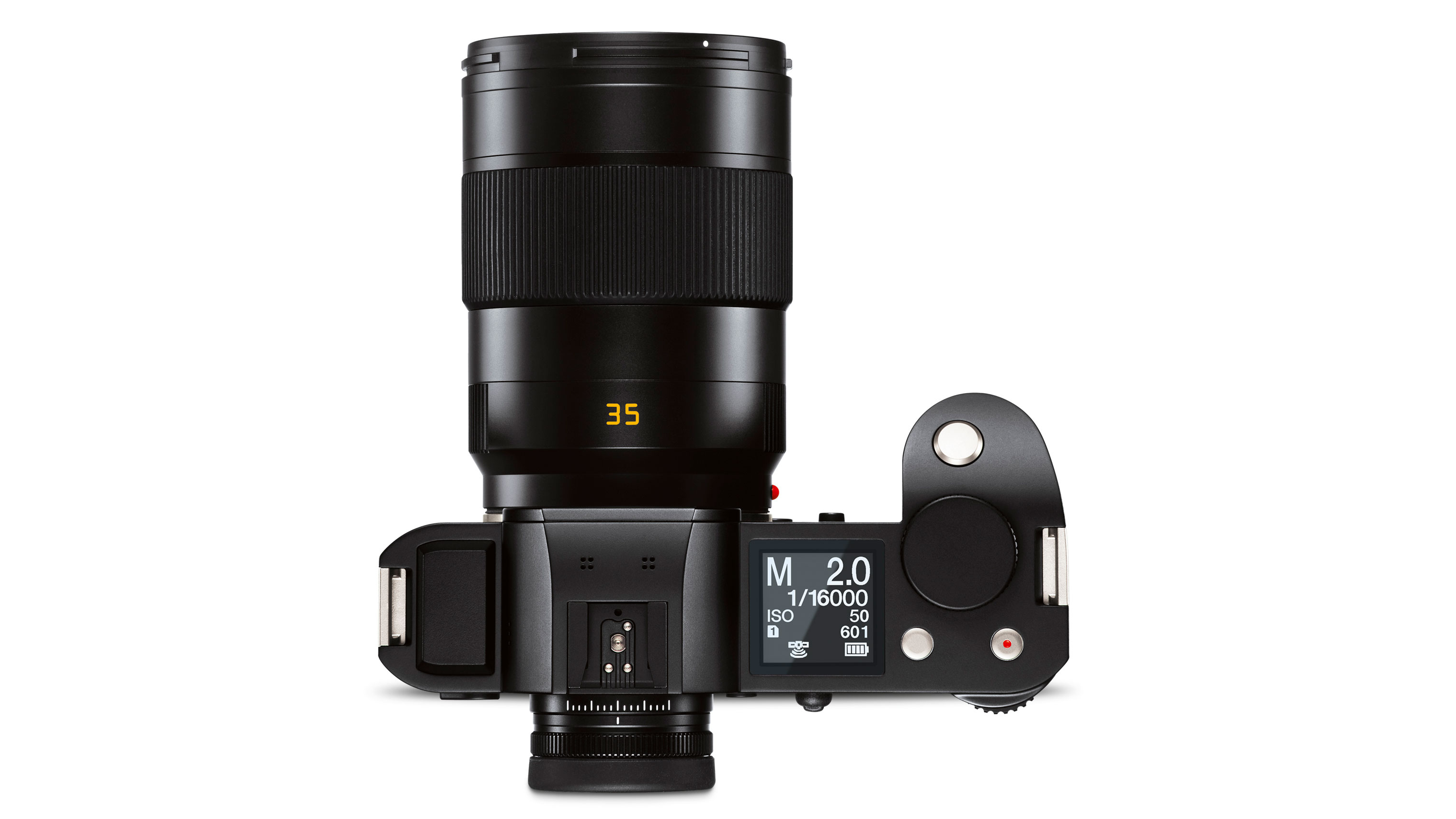Leica’s new APO-Summicron-SL 35mm f/2 ASPH. looks great… but can you afford it?
Leica puts optical excellence above all else, including price

The new Leica 35mm f/2 lens doesn’t set the world on fire with its maximum aperture, but we can imagine temperatures being raised by its £3,900/$4,600 price tag. This latest lens announcement is just one of many timed to coincide with the CP+ 2019 trade show in Yokohama.
We should be used to this by now. Leica isn’t interested in how much things cost, or undercutting rivals in the dog-eat-dog camera jungle. It sticks to what it knows, making the best possible products for the most demanding photographers, whether they’re well-heeled amateurs or discerning professionals.
This new lens is designed for Leica’s pricey but alluring SL full-frame mirrorless camera – let’s not forget that Sony was not the only full-frame mirrorless camera pioneer, as Leica was already making the SL back in 2015.
Optical excellence
While the new APO-Summicron-SL 35mm f/2 ASPH. is outdone by f/1.4 lenses from rival makers, its advanced optical design is intended to put it on another plane for all-round excellence.
It does have an extremely complex optical formulation, using 13 “extremely complex” lens elements, a number we’d normally associate with zoom lenses rather than fixed focal length primes. Many of the 13 elements are made from specially formulated glass types with irregular, partial dispersion properties, and five of the lens elements have aspherical surfaces. All of this is to achieve very high performance even at the widest lens apertures.
Leica says its Summicron SL lenses are renowned for their contrast rendition close to the diffraction limit and are perfect for the creative use of planes of sharpness and unsharpness and achieving a distinctive Leica ‘look’.

Autofocus technology
Even the focus system gets special attention. Like the rest of the Leica Summicro-SL lenses, the APO-Summicron-SL 35mm f/2 ASPH. has a powerful DSD (Dual Syncro Drive) stepping motor autofocus system that can focus from infinity to its closest focus distance in a quarter of a second (250ms).
Get the Digital Camera World Newsletter
The best camera deals, reviews, product advice, and unmissable photography news, direct to your inbox!
And for those who like to focus manually, Leica has introduced a new concept – a ring magnet with alternating north-south polarisation built into the focus ring. This sends magnetic field change data to the camera’s processor, which then focuses the lens based on the speed and angle of the focus ring rotation.
The APO-Summicron-SL 35mm f/2 ASPH. is sealed against dust, moisture and water spray and has Leica’s ‘Aquadura’ coating on all its exposed lens surfaces, so you can use this lens freely in the most adverse weather conditions, even if your normal instinct might be to wrap it up in cotton wool at the back of a locked safe.
L-Mount compatibility

Being an L-Mount lens, the new Leica lens is compatible with other cameras made by Leica’s partners in the L-Mount alliance, including the Panasonic Lumix S1 and Lumix S1R and also, we presume, the rumored new Sigma full frame mirrorless camera.
Far from being a 'heritage' camera maker trading on past glories, Leica is doing a remarkable job of continually developing its brands, its technologies and its products to stay at the forefront of design and 'desirability'.
The Leica APO-Summicron-SL 35mm f/2 ASPH. goes on sale from April 2019 at a price of £3,900/$4,600.
Read more:
• Best mirrorless cameras in 2019
• Hands on: Leica S3 review
• Leica Q2 is coming soon: images and specs leak

Rod is an independent photography journalist and editor, and a long-standing Digital Camera World contributor, having previously worked as DCW's Group Reviews editor. Before that he has been technique editor on N-Photo, Head of Testing for the photography division and Camera Channel editor on TechRadar, as well as contributing to many other publications. He has been writing about photography technique, photo editing and digital cameras since they first appeared, and before that began his career writing about film photography. He has used and reviewed practically every interchangeable lens camera launched in the past 20 years, from entry-level DSLRs to medium format cameras, together with lenses, tripods, gimbals, light meters, camera bags and more. Rod has his own camera gear blog at fotovolo.com but also writes about photo-editing applications and techniques at lifeafterphotoshop.com
